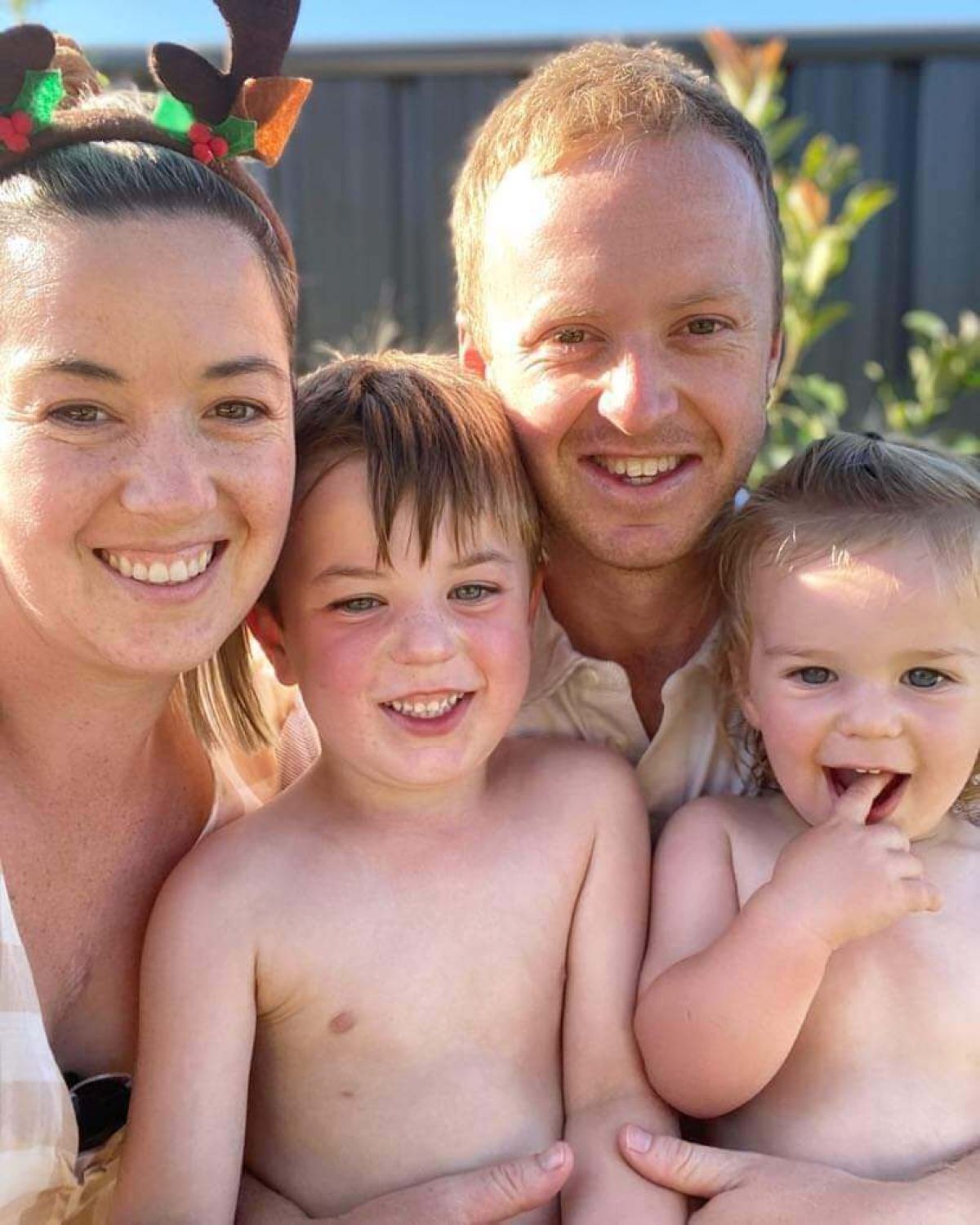
Charlie
Medical research has progressed in leaps and bounds for so many children impacted by genetic diseases, and yet for many more, the cause of their condition and how best to treat it is still a mystery - as is the case for four-year-old Charlie from Bendigo.
For the first two years of his life, Charlie never gave his parents any reason for concern, then one day everything changed. Just after his second birthday Charlie experienced his first ever seizure. It was a shock for his parents, Ben and Kayla, but also unfortunately familiar.


“After the seizure he was just lying there, very dazed and unresponsive, so we called an ambulance.’’

The family had history with epilepsy. Kayla’s sister had died suddenly and unexpectedly as a young woman as a result of epilepsy that failed to come under control with medication. Ben’s grandfather had also lived with a milder form of epilepsy. What followed were many tests without an exact diagnosis. Charlie experienced his second seizure nine months later.
“We thought we may have been out of the woods,’’ Ben said. “Then we had another one in bed one morning, luckily, as he was next to my wife. This time they were sure it was epilepsy.’’
It was the beginning of Charlie starting to experience what are known as myoclonic seizures, shock-like muscle jerks, including his arms jumping up or his eyeballs moving rapidly.
Before long, he was experiencing up to 100 of these involuntary movements a day. He began medication, and doctors have now trialled five different types, but nothing is working.
“The medications are known to cause severe side effects with mood and behavioural problems.’’
While epilepsy is a common condition that can be effectively controlled for many people, 1 in 3 people with epilepsy do not respond to treatment. Ben said despite the family knowing there is a genetic component to Charlie’s epilepsy, they haven’t been able to identify the gene that is causing the issue – which can also make treatment difficult.
“I knew epilepsy was in the family, but I always thought you could just go on medication to get it under control,’’ Ben said. “But to see him trying these medications and nothing working, was heart breaking.’’
Professor Phil Robinson, who heads up the Cell Signalling team at Children’s Medical Research Institute, has made it his mission to focus on new treatments for those who have no options.
Ben said the family was getting behind Jeans for Genes to encourage more investment in research.


“I’ve put so much energy into trying to help my son, so now I’m at the point that I feel like I need to do something else that will help,’’
“Our hope is that one day a genetic cause will be determined allowing for a more personalised approach to treatment with more precise medication causing less side effects and better seizure control, and one day a cure for Charlie and other children like him.
“Charlie is our beautiful son, the best big brother, very loving, kind, and funny. We love him more than words can describe and want the brightest future possible for him and look to organisations like the Children's Medical Research Institute for inspiration and ground-breaking research. ‘’